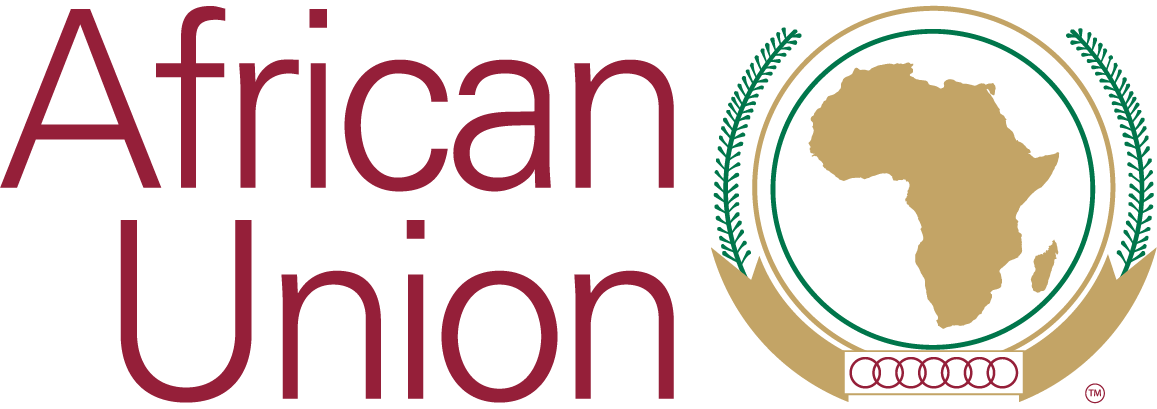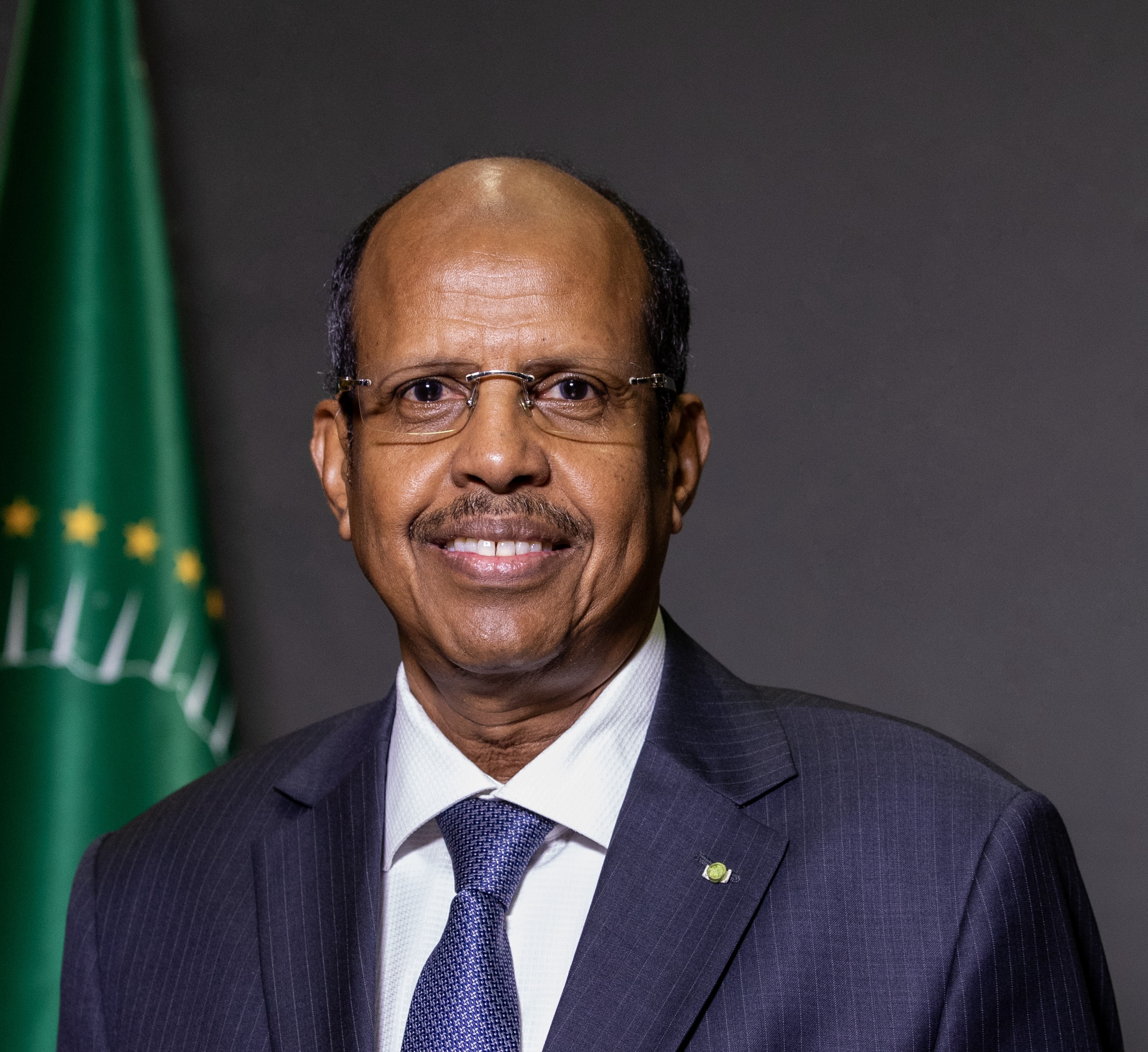The First-Ten Year Implementation Plan
The First Ten Year Implementation Plan (FTYIP) of Agenda 2063 (2013 – 2023) is the first in a series of five ten year plans over the fifty year horizon of Agenda 2063’s 50 time frame.
- The purpose
- Moonshots
- Programms and Inititiavtives
- Flagship Projects of Agenda 2063
- National & RECs Development Priorities
- Continental Frameworks
- Key Transformational Outcomes of Agenda 2063
Identify priority areas, set specific targets, define strategies and policy measures required to implement the FTYIP of Agenda 2063.
Bring to fruition the Fast Track programmes and initiatives outlined in the Malabo Decisions of the African Union (AU) to provide the big push and breakthroughs for Africa’s economic and social transformation.
Provide information to all key stakeholders at the national, regional and continental levels on the expected results / outcomes for the first ten years of the plan and assign responsibilities to all stakeholders in its implementation, monitoring and evaluation
Outline the strategies required to ensure availability of resources and capacities together with citizen’s engagement in the implementation of the First Ten Year Plan.
To ensure that Agenda 2063 is not only implemented but that it has measurable results, the FTYIP enumerates 20 Agenda 2063 Goals linked to the 7 Aspiration and each of these goals identifies the priority areas to be implemented at a national level to ensure that collectively Africa will attain its developmental objectives. The goals and priority areas of the FTYIP were influenced by 4 key factors:
Agenda 2063 has identified seven key Aspirations which represent the collective vision and resolve of African citizens. Each Aspiration is backed by measurable goals to track progress and impact across the continent.
Inclusive growth and sustainable development.
An integrated continent politically united and based on Pan-Africanism.
Africa of good governance, democracy, and respect for human rights.
The First Ten Year Implementation Plan (FTYIP) of Agenda 2063 (2013 – 2023) is the first in a series of five ten year plans over the fifty year horizon of Agenda 2063’s 50 time frame. The purpose for developing the ten year plans are to:
The flagship projects of Agenda 2063 refers to key programmes and initiatives which have been identified as key to accelerating Africa’s economic growth and development as well as promoting our common identity by celebrating our history and our vibrant culture. The Flagship projects encompass amongst others infrastructure, education, science, technology, arts and culture as well as initiatives to secure peace on the continent.
Agenda 2063 not only considers Africa’s continental growth aspirations but acknowledges that for the whole continent to develop the premise of Agenda 2063 must be adopted at regional and country level. At the inception of Agenda 2063, the National Development Plans of Member States were as well as the strategic plans of the Regional Economic Communities were reviewed and the focus areas of their development priorities have been included in the First Ten Year Implementation Plan to ensure that their priorities in the near term converge with the priority areas contained in the 50 year framework document. The national and regional priority areas include:
Several continental frameworks have been developed to address the development of key sectors such as
Agriculture, trade, transport, energy and mining. These sectors are seen as key in enabling Member
States of the Union to achieve their development goals. To ensure coherence and convergence, these
frameworks have been captured in the priority areas of the First Ten Year Implementation Plan.
They continental frameworks include the Comprehensive African Agricultural Development Programme
(CAADP), The Programme for Infrastructural Development in Africa (PIDA), The African Mining Vision
(AMV, Science Technology Innovation Strategy for Africa (STISA), Boosting Intra African Trade
(BIAT), Accelerated Industrial Development for Africa (AIDA)
Comprehensive African Agricultural Development Programme (CAADP)
CAADP is a continental initiative to help African countries eliminate hunger and reduce poverty by
raising economic growth through agriculture-led development. Through CAADP, African governments
agreed to allocate at least 10% of national budgets to agriculture and rural development, and to
achieve agricultural growth rates of at least 6% per annum. Underlying these main targets are
targets for reducing poverty and malnutrition, for increasing productivity and farm incomes, and for
improvements in the sustainability of agricultural production and use of natural resources. CAADP
also supports member states to enhance resilience to climate variability through development of
disaster preparedness policies and strategies and early warning response systems and social safety
nets.
Agenda 2063 identifies several key benefits to Africans if the programmes identified in the strategic development framework are initiated and implemented in the FTYIP. Africa is expected to show improved standards of living; transformed, inclusive and sustained economies; increased levels of regional and continental integration; a population of empowered women and youth and a society in which children are cared for and protected; societies that are peaceful, demonstrate good democratic values and practice good governance principles and which preserve and enhance Africa’s cultural identity.
Real per-capita incomes would be a third more than 2013 levels. Incidence of hunger, especially amongst Women and Youth will only be 20% of 2023 levels. Job opportunities will be available to at least one in four persons looking for work. At least one out of every three children will be having access to kindergarten education with every child of secondary school age in school and seven out of ten of its graduates without access to tertiary education enrolled in TVET programmes. Malnutrition, maternal, child and neo-natal deaths as at 2013 would be reduced by half; access to anti-retroviral will be automatic and proportion of deaths attributable to HIV/AIDs and malaria would have been halved. Nine out of ten persons will have access to safe drinking water and sanitation; electricity supply and internet connectivity will be up by 50% and cities will be recycling at least 50% of the waste they generate.
GDP will be growing at 7% and at least a third of the outputs will be generated by national firms. Labour intensive manufacturing, underpinned by value addition to commodities and doubling of the total agricultural factor productivity will be attained by 2023 The beginnings of value addition blue economy – fisheries, eco-friendly coastal tourism, marine bio-technology products and port operations- will emerge. Creative arts businesses will be contributing twice as much in real terms their 2013 contribution to GDP. ICT penetration and contribution to real GDP in absolute terms would be double of 2013 levels. Regional industrialization hubs linked to the global value chains and commodity exchanges will be in place by 2023. At least 17% of terrestrial and inland water and 10% of coastal and marine areas would have been preserved and 30% of farmers, fisher folks and pastoralist will be practicing climate resilient production systems.
There will free movement of goods, services and capital; and persons travelling to any member state could get the visa at the point of entry. The volume of intra-African trade especially in agricultural value added products would increase three fold by 2023. The African Customs Union, an African Common Market and an African Monetary Union will be operational by 2023. The African Speed Train Network will have passed the inception stage and will be taking its first passengers between two connected cities. African Skies will be open to all African Airlines. Regional power pools boosted by at least 50% increase in power generation and the INGA dam will be operational and will contribute to the powering of the industrial transformation of the continent and comfort of the citizenry. African Education Accreditation Agency and a common educational system are in place and the African Youth will have the choice to study at any university and work any where on the continent.
All obstacles related to Women owing/inheriting property or business, signing a contract, owning or managing a bank account would be removed by 2023. At least one in five women would have access to and control of productive assets. Gender parity in control, representation, advancement will be the norm in all AU Organs and the RECs. All forms of violence against women would have been reduced by a third in 2023. All harmful social norms and customary practices would have ended by 2023. The African Youth will be mobile and 15% of all new businesses will emanate from their ingenuity and talent and the proportion of 2013 youth unemployed will be reduced by at least a quarter. Child labour exploitation, marriages, trafficking and soldiering would have ended by 2023
Democratic values and culture as enshrined in the African Governance Architecture would have been entrenched by 2023. At least seven out of ten persons in every member state of the union will perceive elections to be free, fair and credible; democratic institutions, processes and leaders accountable; the judiciary impartial and independent; and the legislature independent and key component of the national governance process. African Peer Review Mechanism will have been ascribed to by all Member States and its positive impact on governance metrics felt. All guns would have been silenced by 2023. All Member States of the Union will have in place local and national mechanisms for conflict prevention and resolution. All Member States of the Union will have in place a dual citizen’s programme for the diaspora. The Encyclopedia Africana will be launched by the 2023 Assembly of the Union. One in five polytechniques will be offering programmes in the creative arts and management of micro cultural enterprises to support the growth of the creative arts businesses. Local content in all print and electronic media would have increased by 60%. At least 30% of all cultural patrimonies would have been retrieved by 2023. An African Space Agency would have been established by 2023. An African Global Platform will be in place by 2017 and will contribute to an increase in the share of Africa’s exports in global exports in 2023 by at least 20%. The African Investment Bank, the African Guarantee Facility, the African Remittances Institute and at least 2 Regional Stock Exchanges would have been established and functioning. National capital markets will contribute at least 10% of development financing and the proportion of aid in the national budget will be no more than 25% of the 2013 level.
Content for Nisi ut aliquid ex ea commodi...



